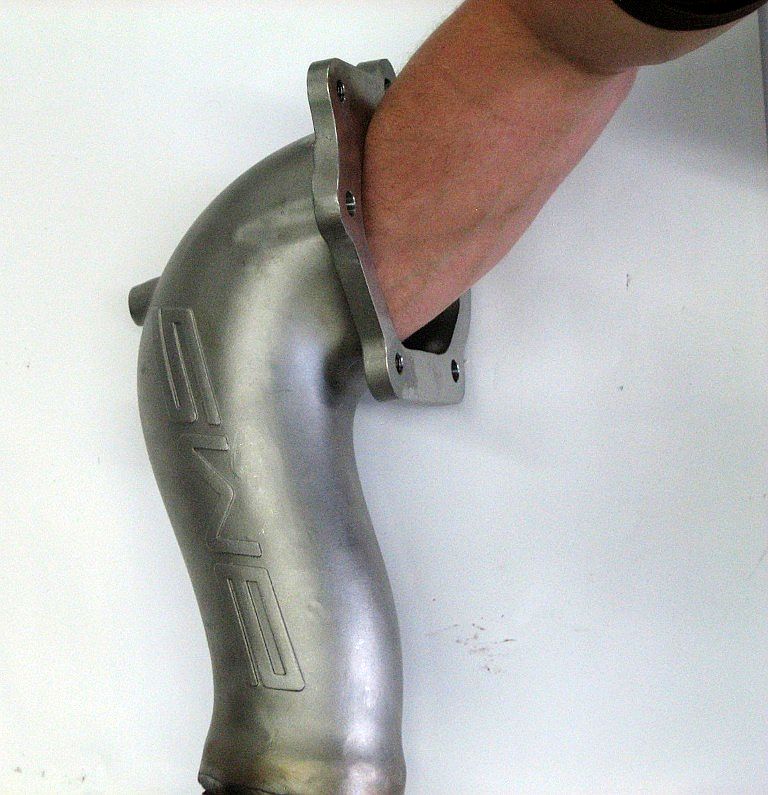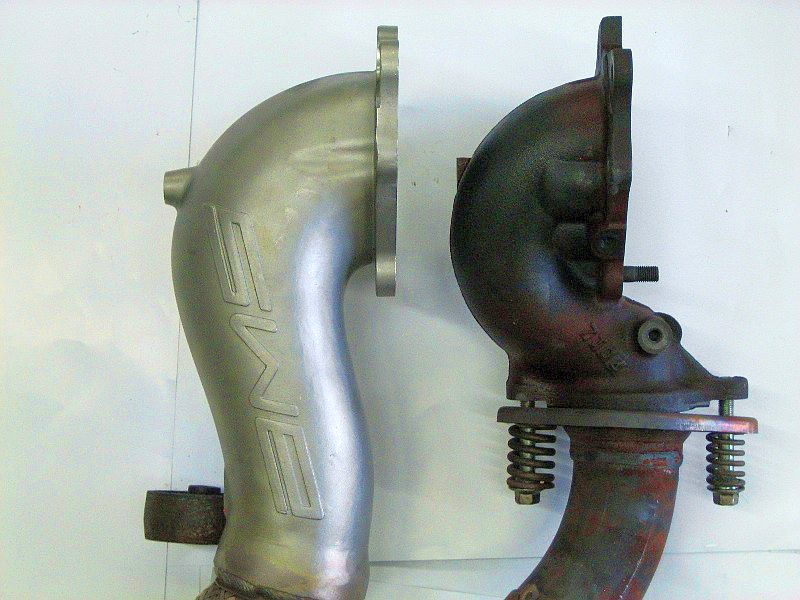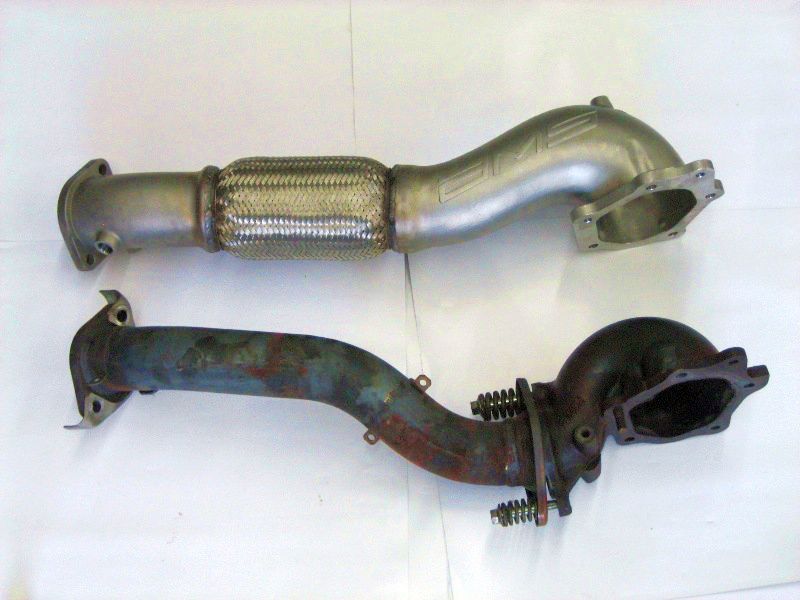Edmunds Inside Line – GT30R Hearts AMS Widemouth
2008 Mitsubishi Evo GSR: GT30R Hearts AMS Widemouth At RRE
By Jason Kavanagh | September 16, 2009
Once the turbo, clutch and injectors were installed in Project Evo X, Mike Welch of Road Race Engineering got to work on the dyno.
Let it be known right now that to make real power on 91 octane, regardless of the hardware involved, is a royal pain the rear. Mike had his work cut out for him before he even began.
Oh, and Mike raised the crazy up one more level. He filled our tank with 91 octane from 7-11. It’s madness, yet there is method to it–if he can make our car knock-free on this utter crap fuel, then it’ll be safe on any fuel we’ll ever fill the tank with.
On to the tuning, then. First he scaled the bigger ID1000 injectors in the ECU and roughed in a conservative calibration. From there he gradually tuned the car, adjusting those scaling parameters, changing intake and exhaust cam timing, boost pressure and ignition timing.
During and between runs Mike monitors more than just output. There’s knock activity, fuel trims, air-fuel ratio, coolant temperature, intake temperature, intercooler effectiveness… you could say that a tuner’s job is like juggling cats next to a running chainsaw. If one cat gets away from you…
…ask him to switch off the chainsaw.
Eventually, the car stopped making power and started becoming knock-sensitive. That’s usually the point where you’re done and need to back off a bit to have a safe calibration.
The problem is that at this point, it just wasn’t making much more power than it was with the stock turbo. Everything looked good otherwise (and we have a nice closed-loop idle with the ID1000s; no nonlinearities, and a relaxed 62% duty cycle at redline).
As for the power situation, long story short, our car still had the stock exhaust elbow and downpipe. And that was a problem.
This elbow is that part of the exhaust that connects the turbo’s turbine discharge to the cat. Stock, it’s a restrictive little thing. One theory is that Mitsubishi engineers had to make the elbow all kinked up to accomodate right hand-drive cars. Basically, to keep it away from the steering shaft that pokes down in that same region.
Whatever, the operating theory is that the stock downpipe was very likely choking off flow and introducing backpressure. To address this, AMS sent us a higher-flowing replacement they call a Widemouth Downpipe. It’s an apt name. Comparison between the AMS Widemouth and stock piece can be seen below. You could drop a baseball in one end and of the Widemouth it would drop out the other.
It beautifully made, too, comprising cast stainless segments with a generously-sized flex section to replace the stock spring/bolt arrangement.
Back on the dyno with the new downpipe–RRE mentioned that installing the Widemouth was a bit tricky due to the physically larger GT30R–Mike noticed an immediate benefit. The car was now less detonation-prone, so he was able to better exploit the higher-flowing nature of the GT30R. From about 4200 rpm to redline, the Widemouth allowed him to tune in an additional 25 hp… and that’s with running a bit less boost in the midrange, too.
So the lesson here is that matching components is critical when we’re talking about the kind of output this 2.0-liter engine is making while being fed The Worst Fuel On Earth.
This post is getting long-winded so I’ll post up a dyno chart of its final state of tune in a followup blog entry.
Jason Kavanagh, Engineering Editor @ 25,000 miles.








